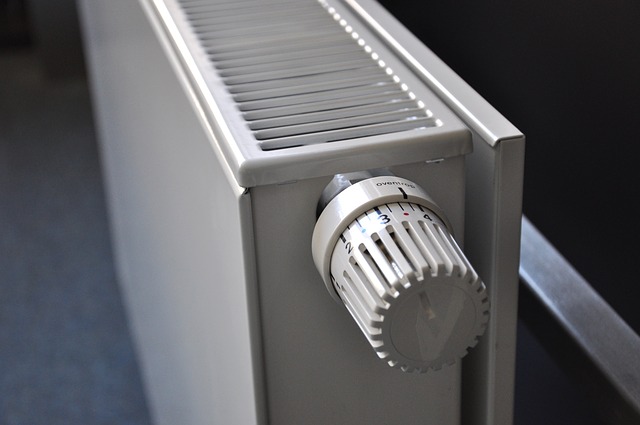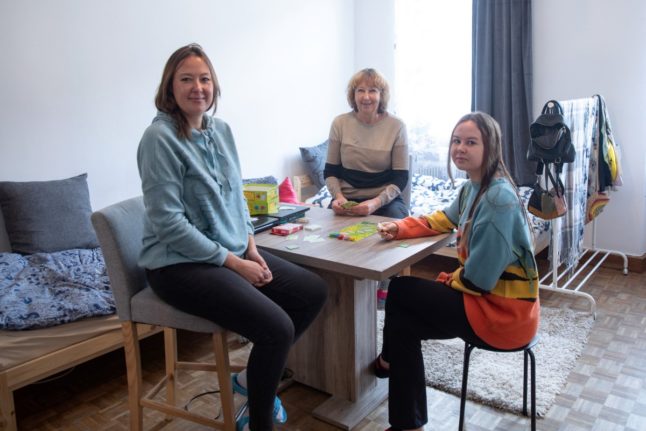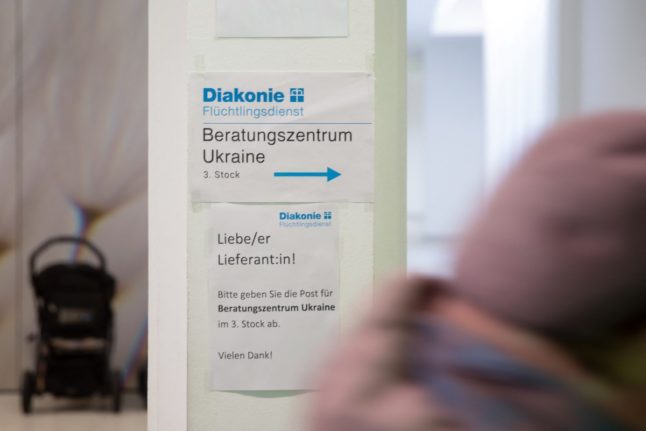Energy Minister Leonore Gewessler has confirmed Austria’s warning system in the gas emergency plan will be not raised to the alert level yet, but has instead made an appeal to businesses to start planning for the autumn and winter season now.
The announcement was made at a press conference following a crisis summit on Tuesday July 5th in Vienna, reports Der Standard.
Gewessler cited industrial and power plants as those that need to start making preparations and suggested they should switch to alternative energy sources, such as oil, if possible.
“Saving energy is always smart,” said Gewessler, before emphasising how energy saving practices are also beneficial for the climate and the wallet.
Appealing to the general population, Gewessler told households to prepare for the coming winter season by servicing radiators and thermal baths and removing cladding from heating systems.
In the meantime, Gewessler said the Austrian government is negotiating with alternative (non-Russian) gas suppliers, adding that further details will be announced when the negotiations are complete.
Austria activated the early warning system – which is the first level of a three-step emergency plan – for the country’s gas supply back in March.
At the time, Austrian Chancellor Karl Nehammer said “everything will be done to ensure the gas supply for Austria’s households and businesses”.
BREAKING: Austria activates alert system over gas supply
Why was the alert activated?
The alert was activated after Russia announced that future gas deliveries can only be paid for with Rubles as a consequence of international sanctions resulting from Russia’s invasion of Ukraine.
While many in the west refused to pay in rubles, pointing out that payments in other currencies are allowed under the original contractual arrangements, there were fears the announcement could lead to a drop in gas supply.
Initially, these fears were not realised, but in recent weeks the amount of gas being supplied to Austria from Russia has reduced.
Austria’s reserve tanks are currently at 46 percent. However, there is planned maintenance work on the pipeline from mid to late July, which Gewessler has described as “another decision point”, according to Der Standard.
What is the emergency system?
The emergency system is a three-tiered plan, with several repercussions if a new level is reached.
The stages of the emergency plan are as follows.
I – Early warning level : This level is reached if there are concrete and reliable indications that the gas supply could deteriorate.
II – Alert level : If the gas supply situation actually deteriorates, the second level will be declared. Businesses are encouraged to use alternatives to natural gas whenever possible.
III – Emergency level : Gas can no longer be supplied and the current demand can no longer be met. Measures for industry, such as substituting natural gas with other energies as energy control measures, are to be put in place.
What does this mean for me?
As yet, the impact will not reach average Austrians.
The government confirmed to Austrian media that rationing of gas will only start at level three.
The main impact of the alert is that the situation will be “monitored more closely” Environment Minister Leonore Gewessler (Greens) said.





 Please whitelist us to continue reading.
Please whitelist us to continue reading.
Member comments